The Covid Diaries 32, Venice Edition: Museums of St Mark’s Square
A tale of my visit to the museums of St Mark’s Square. In which I discover that the only thing worse than an enforced one way trek through a museum is an enforced one way trek through THREE museums.
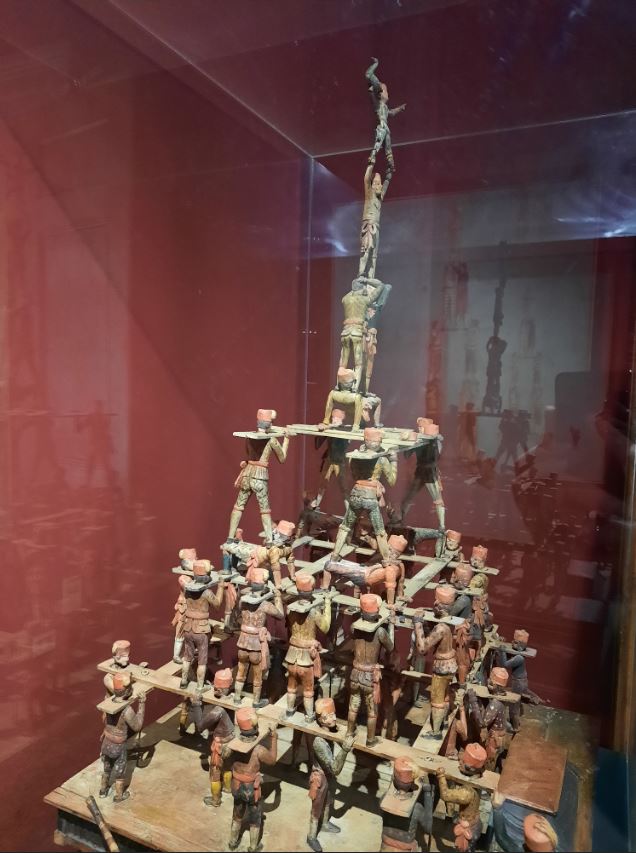
A Disclaimer to Begin With
Hello everyone. I don’t want to be unduly harsh, so I’m going to start with some disclaimers today; before I launch into how much I disliked visiting the three institutions comprising the ‘Museums of St Mark’s Square’:
- It was hot on the day I visited
- I had already had a busy day of tourist activities
- Only the first floor of the Museo Correr is currently open due to Covid restrictions. Maybe the upstairs is more interesting?
Ok, that’s my due diligence complete, now for the review!
‘Bundled’ Museum Tickets are my Nemesis
There is a particular phenomenon, which I associate with European cities, where museums are ‘bundled’ together. This helps to increase visitor numbers at less well-known sites vs. the big draw in a city; increases overall museum revenues; and maybe also opens up new horizons for visitors who may not otherwise have made the time for multiple museum stops. I encountered the phenomenon when I went to Granada on a trip to Spain a few years ago. To see the Alhambra, I had to buy a combined ticket with the fairly unmemorable Rodríguez-Acosta Foundation (sorry Mr. Rodríguez-Acosta). It is also the case in Venice; in order to visit the Doge’s Palace, you must buy a ticket for the Musei di Piazza San Marco, or Museums of St Mark’s Square.
There will be a review coming soon on the Doge’s Palace which was thoroughly enjoyable. But please trust me when I say that you could easily skip the additional museums and be no worse off. The ticket is not to be confused with the museum within St Mark’s Basilica itself, which is separate. Instead there are three museums occupying a section of the long buildings which make up the square. There is the Museo Correr which covers Venetian art and history, the Museo Archaeologico Nazionale di Venezia which is of course an archaeological museum, and the Biblioteca Marciana which is a very early public library.
A Tiring Experience, Even For Staff
The issues that I had with my visit were twofold. Firstly, that there was an enforced one way system through the entirety of the three museums. As you may recall from my trip to the British Museum, I quickly become grumpy and petulant when I am forced to see everything on view with no escape; even if it’s what I would have done if I had the choice. I think I just don’t like being told what to do.
With three institutions it’s even worse. I would only have done the Museo Correr in normal circumstances and skipped the other two to avoid museum fatigue. Instead, I had to traipse around the whole thing wishing I could leave. Museums who have to implement one way paths for coronavirus safety really need to try to create a couple of points where casual visitors can drop out and head to the exit; the alternative quickly becomes torturous.
The second issue I had was that the staff were SO BORED. It was quite a typical European museum with a uniformed staff member on guard in each room with a chair. But hardly ever have I seen such an uninterested bunch of staff members. Nobody interacted with visitors, most of them were on their phones or talking amongst themselves, and the boredom was palpable. That really rubs off on you after a while. If the staff think it’s dull and don’t want to be there, then why should I?
Museums of St Mark’s Square: Museo Correr
Let me at least tell you a bit about each museum and what the points of interest are. The Museo Correr is named after Teodoro Correr; his collection of art and artefacts relating to Venetian history is the cornerstone of the museum. It has been in various locations over the years but is now, along with the other two museums, in the neoclassical Napoleonic Wing of a former Procurator’s residence. After the fall of the Venetian Republic it became an imperial palace, moving power away from the nearby Doge’s Palace. So a few rooms have historic decoration and furniture, and the decorated ceilings and so forth make a nice backdrop to the large collection of works by the neoclassical sculptor Antonio Canova. So far, so mildly interesting.
Because of the one way system (which takes you up one side of the wing of the building and back down the other), the Museo Correr actually bookends the current visitor experience. You see half of it, then half the Archaeological Museum, then the library, then back down the Archaeological Museum, then the second half of the Museo Correr. This second half is where the period rooms are. It also contains some of the more interesting exhibits on Venetian life, as shown in the top set of ‘highlights’ photos above.
Francesco Morosini
There is also a temporary exhibition in this section which is informative and interesting but mostly for those with a naval/military or Venetian history bent. I had never before heard of Francesco Morosini. He was the Doge of Venice during the height of the Great Turkish War (1688-1694), which I had also never heard of. There are archival materials, paintings, garments and lots of information. You can read about his life, his period as Doge, advances in naval and shipbuilding technology at the time, etc. I was basically just in it for his mummified cat which was on display. Why was it preserved? Why was it on display? What was with the preserved rat or mouse accompanying it? So many questions.
Museums of St Mark’s Square: Archaeological Museum
The Archaeological Museum was, I have to say, a bit of a snoozefest. This is coming from someone who really loves archaeological museums. I was already in a bad mood by this point so maybe take this with a grain of salt, but it was just visually uninspiring. You get a sense of this in my pictures above; a lot of marble sculptures on white-ish walls give nothing to draw the eye in, even if some of the layouts were quite nicely done. Enough said, I didn’t linger long in these rooms so can’t tell you about any particular exhibits.
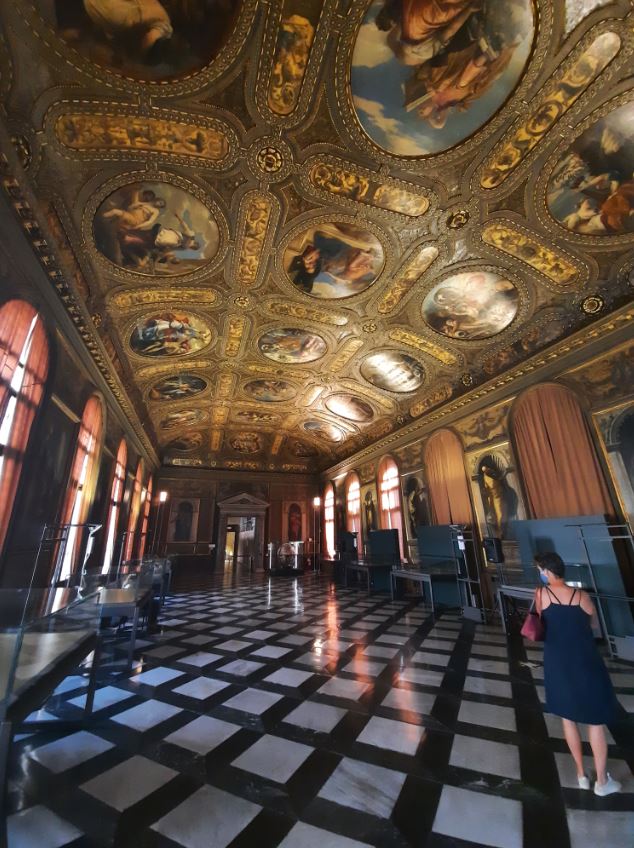
Museums of St Mark’s Square: Biblioteca Marciana
And the Biblioteca Marciana is interesting in and of itself, but not necessarily as the pinnacle of the visit to the Museums of St Mark’s Square. This is, after all, the point at which you turn around and go back down the other side. Founded in 1468, it is one of the earliest surviving public libraries, and has an important collection of classical texts. The visitor can now see the reading room, which is very impressive. No more or less so though than some of the other decorated buildings in Venice, like the Scuole or some of the churches. So unless you have a specific reason for wanting to see this room in particular, or are a scholar of historic libraries or classical texts, you can safely give it a miss.
Final Thoughts
So as you can tell I had a very grumpy time here. Partly it was due to coming during Covid, as without the need for a one-way system I could have otherwise had a quick look at the things that interested me and left. But in any circumstances these museums are pushed down the Venice visitor’s list by the many other wonderful things to see and do. Those staying longer in the city might be interested in the Museo Correr alone for an insight into Venetian history. Just come prepared with plenty of energy – if the staff are anything to go by it’s always a draining experience.
On its own merits: 2.5/5
Francesco Morosini: 3/5
Implementing Covid rules: 3/5
If you see this after your page is loaded completely, leafletJS files are missing.

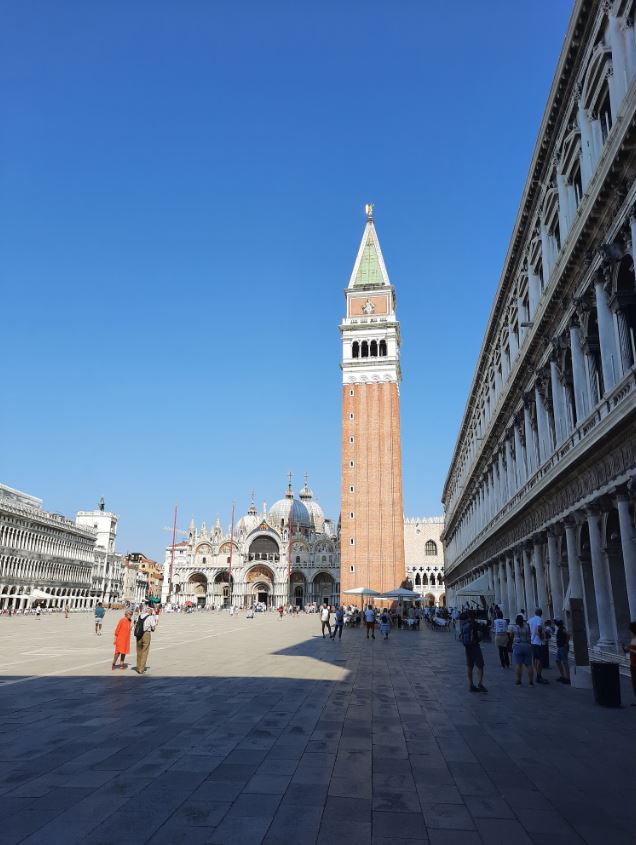
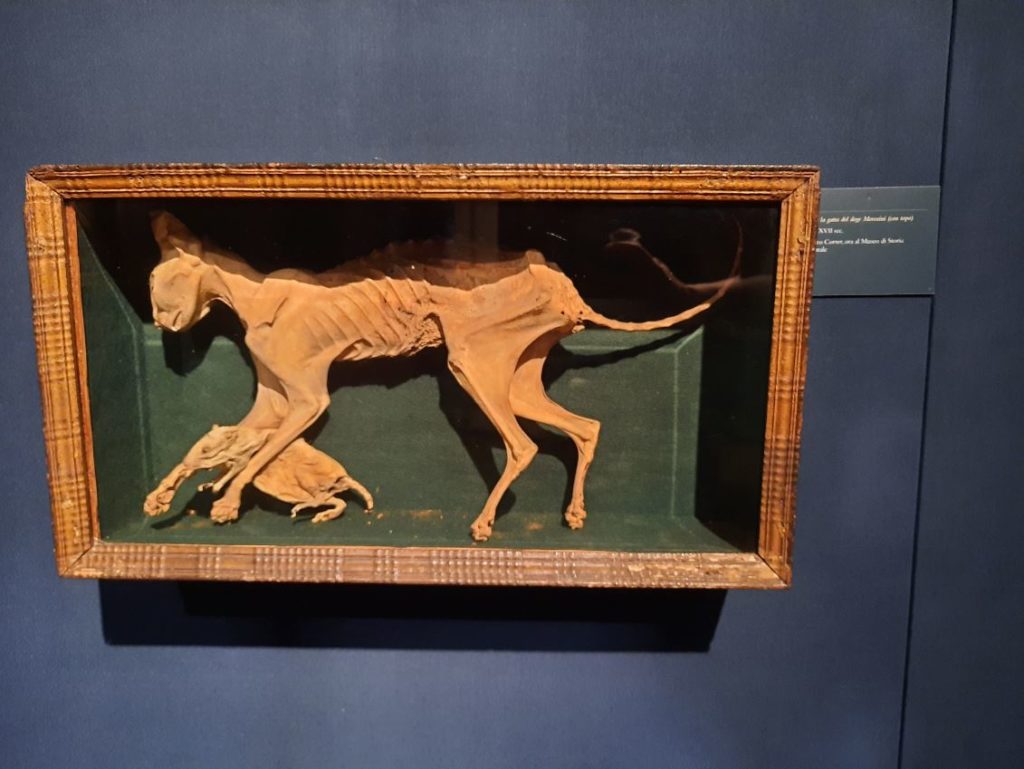
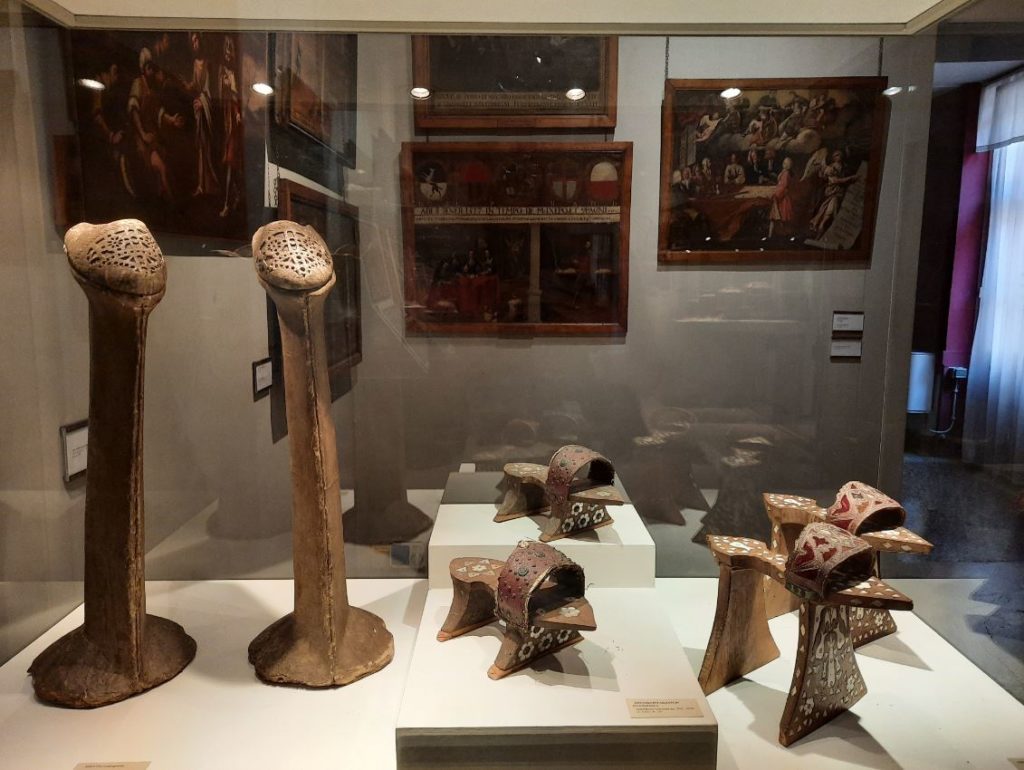
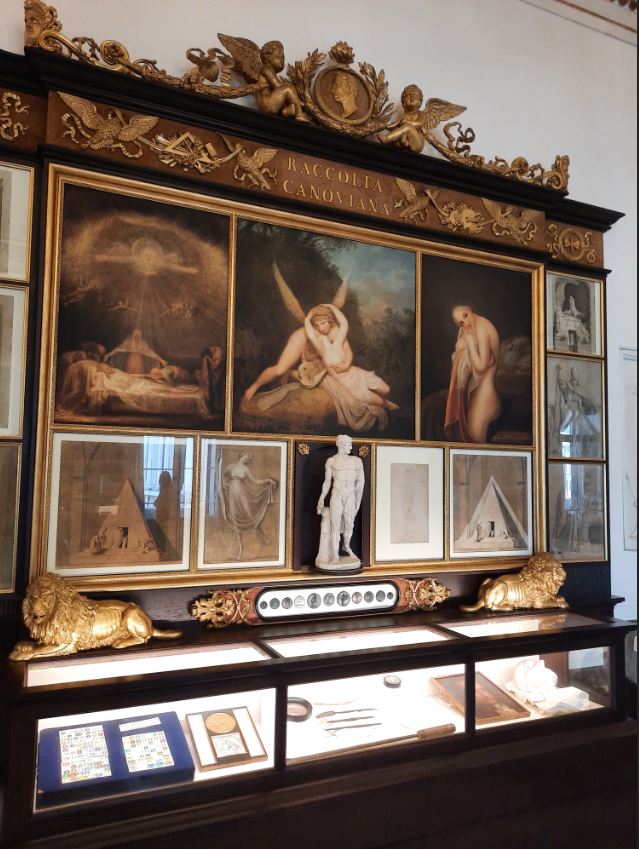
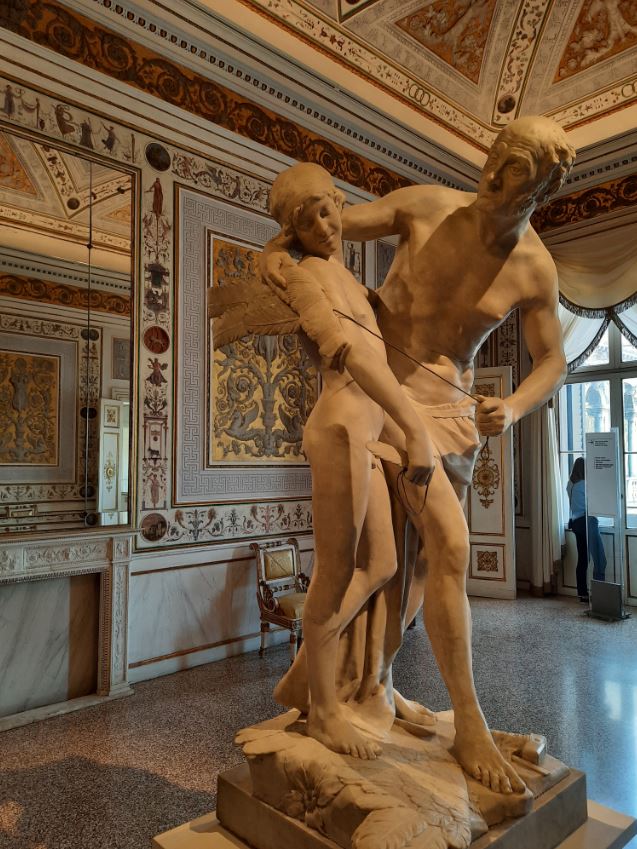

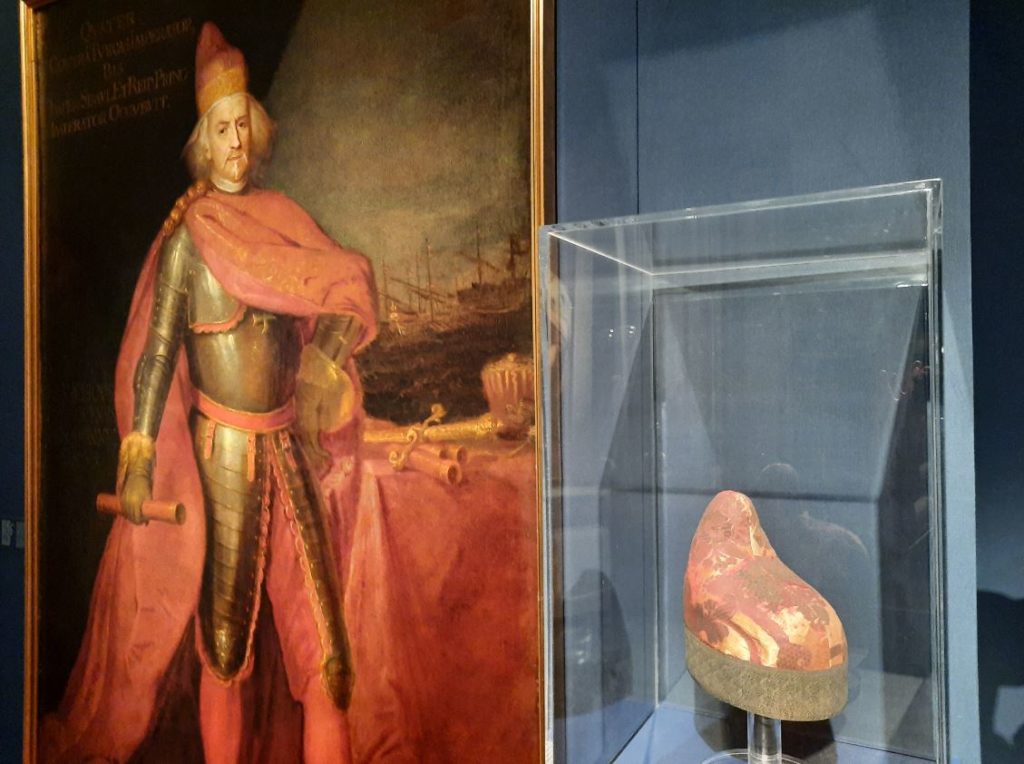
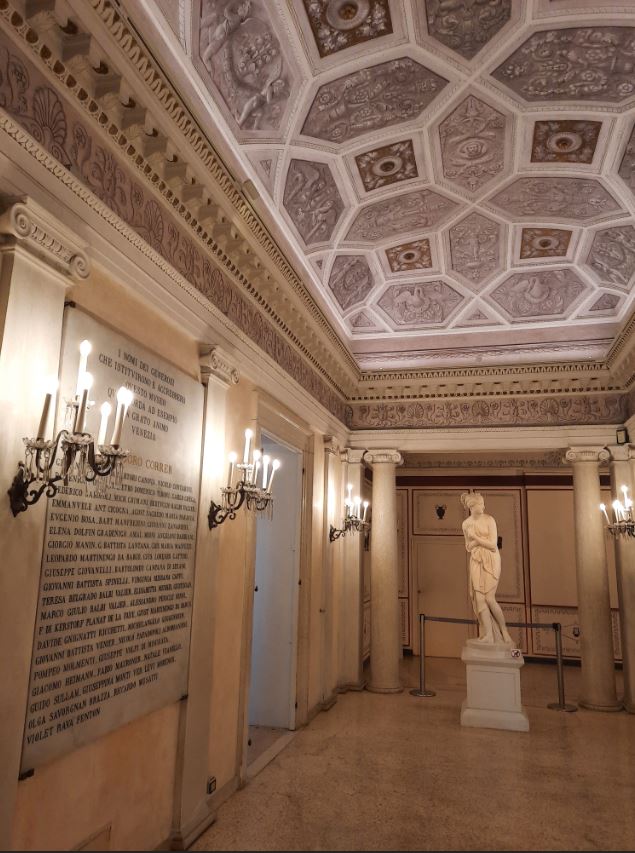
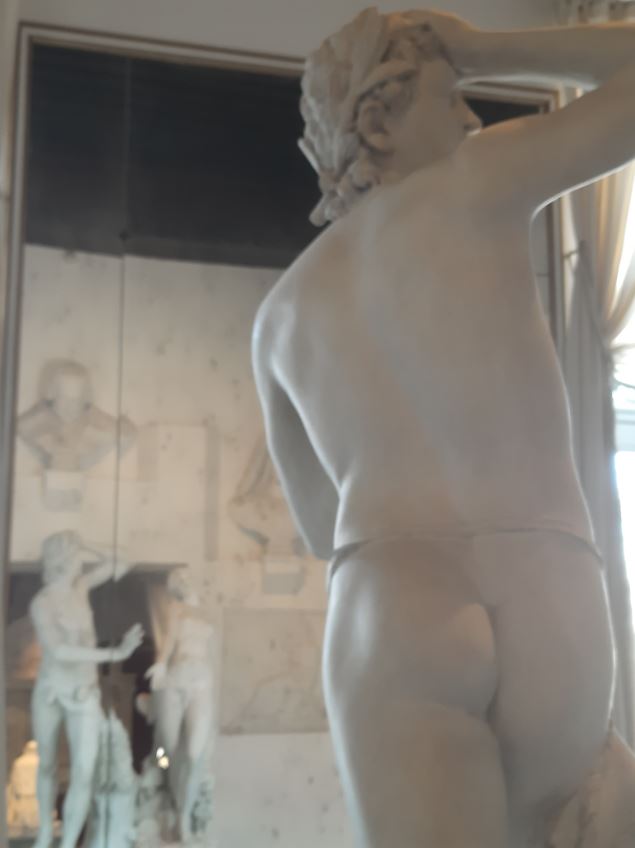
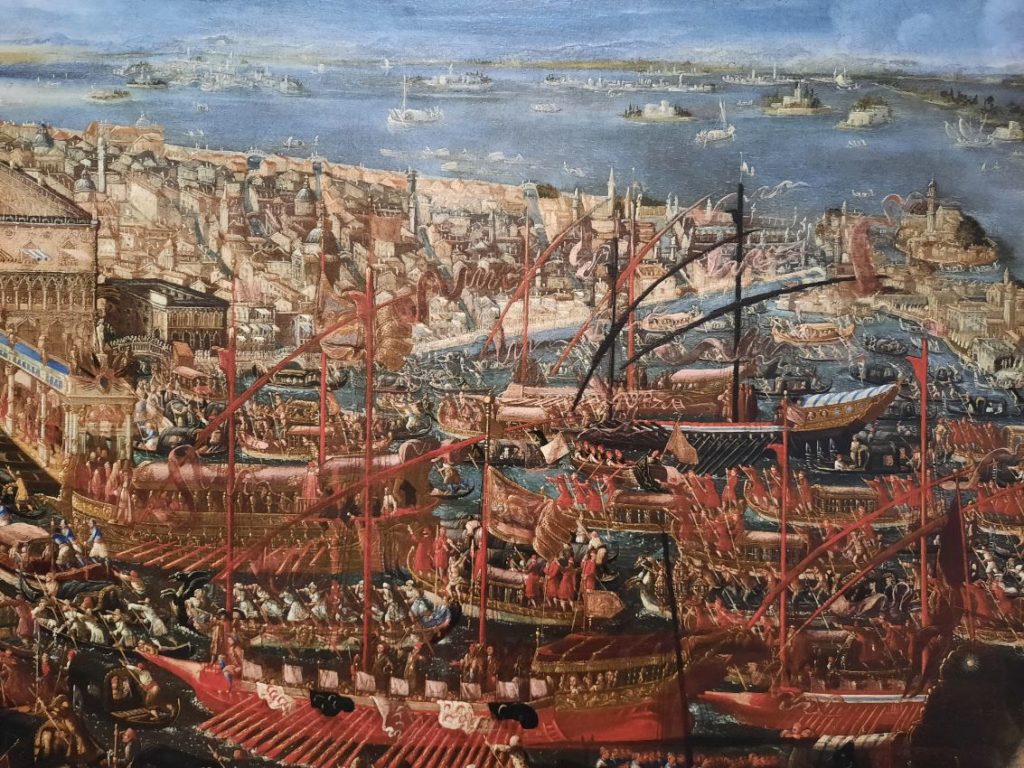
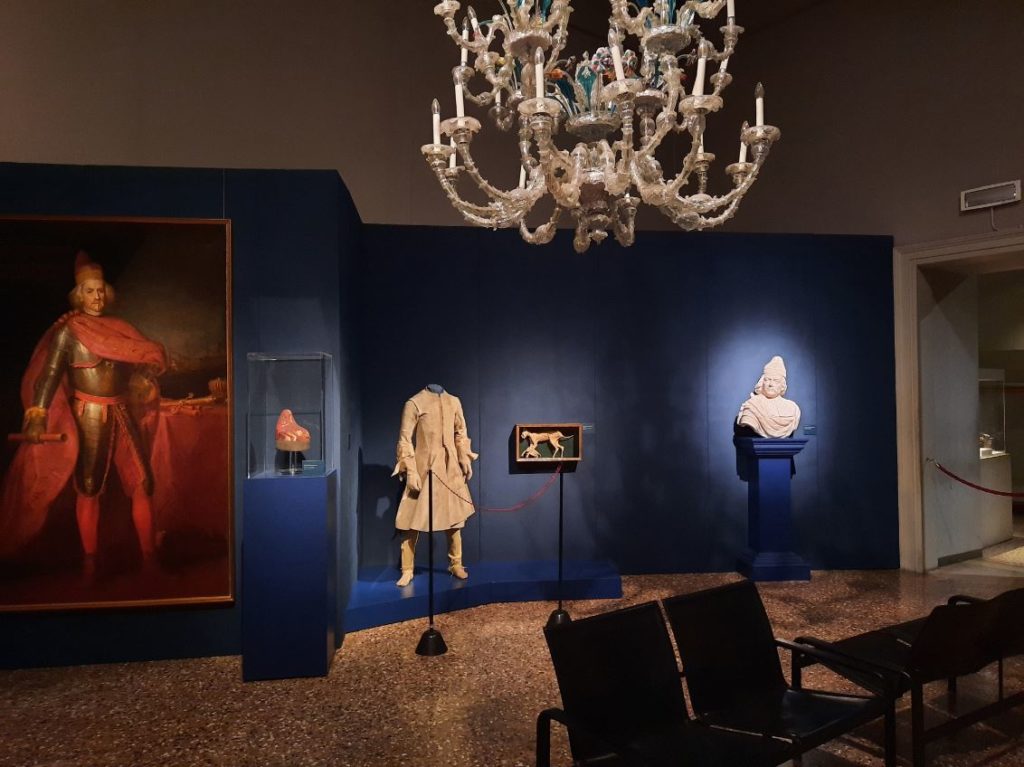
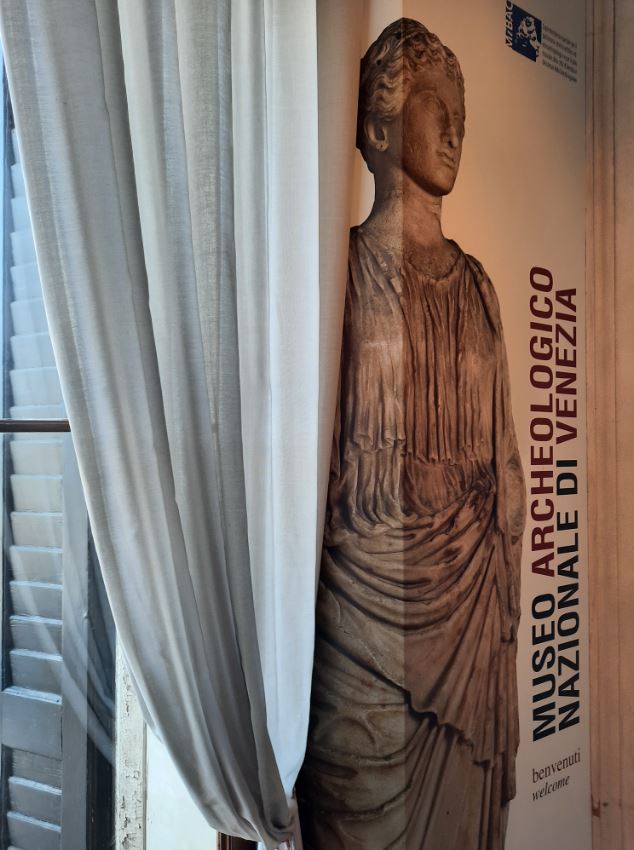
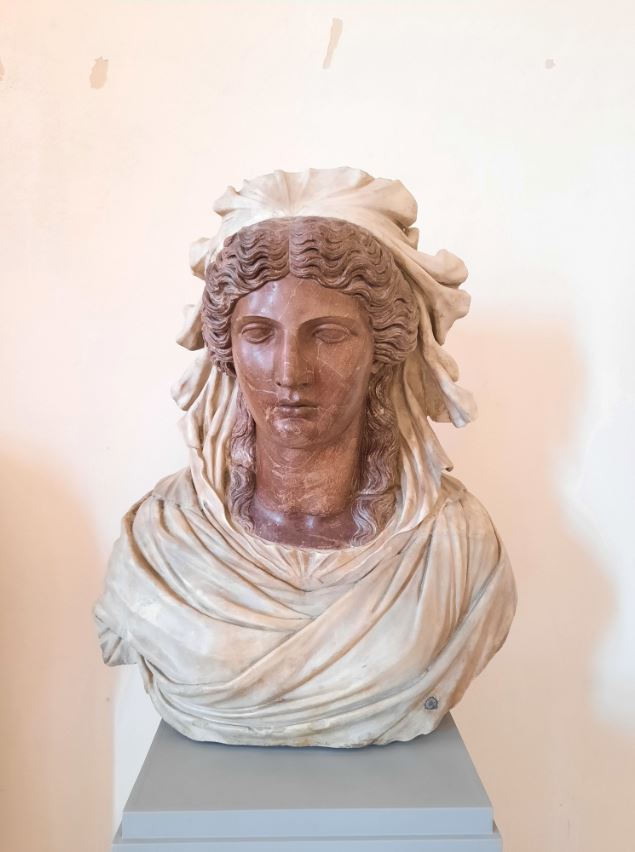
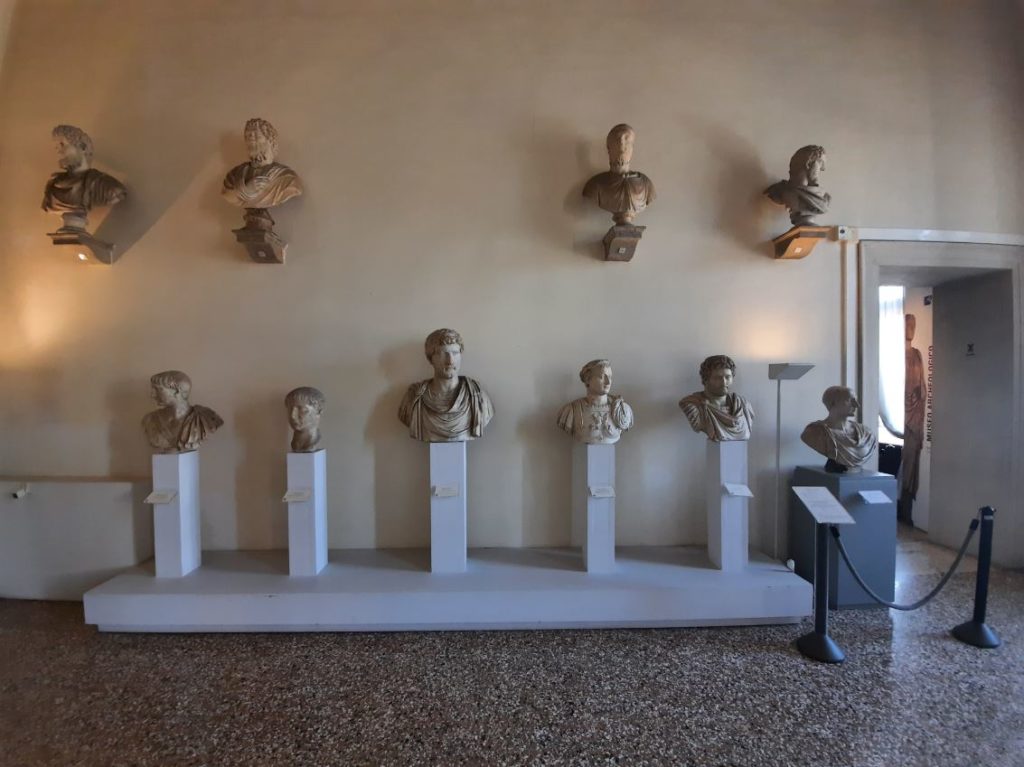
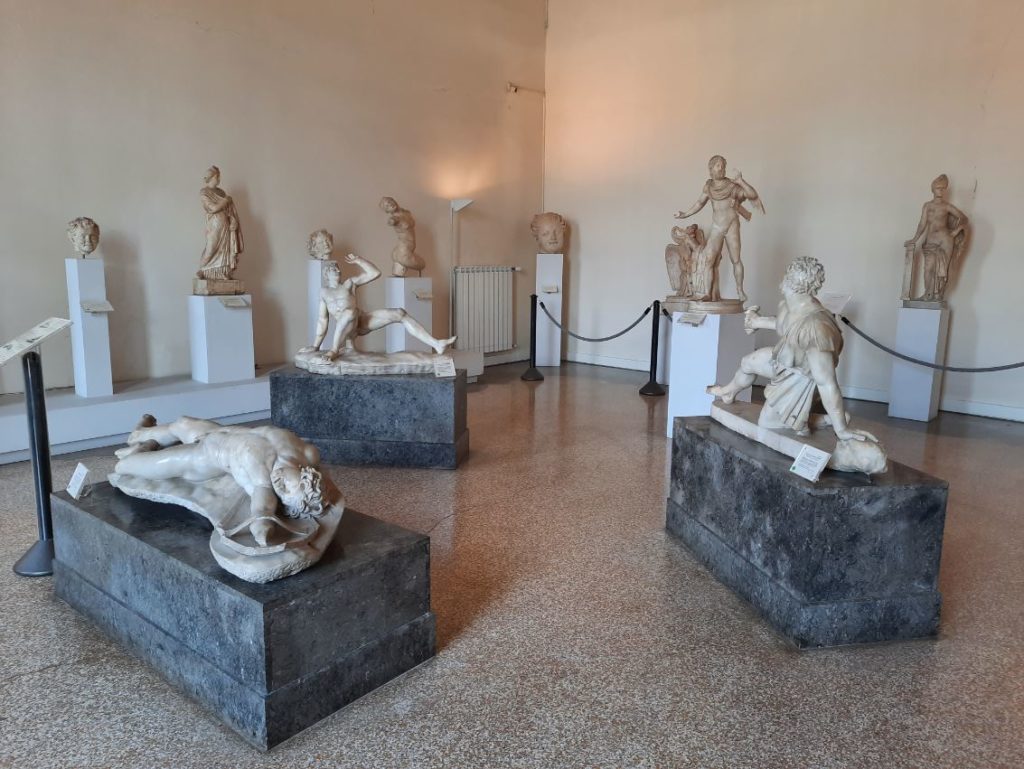
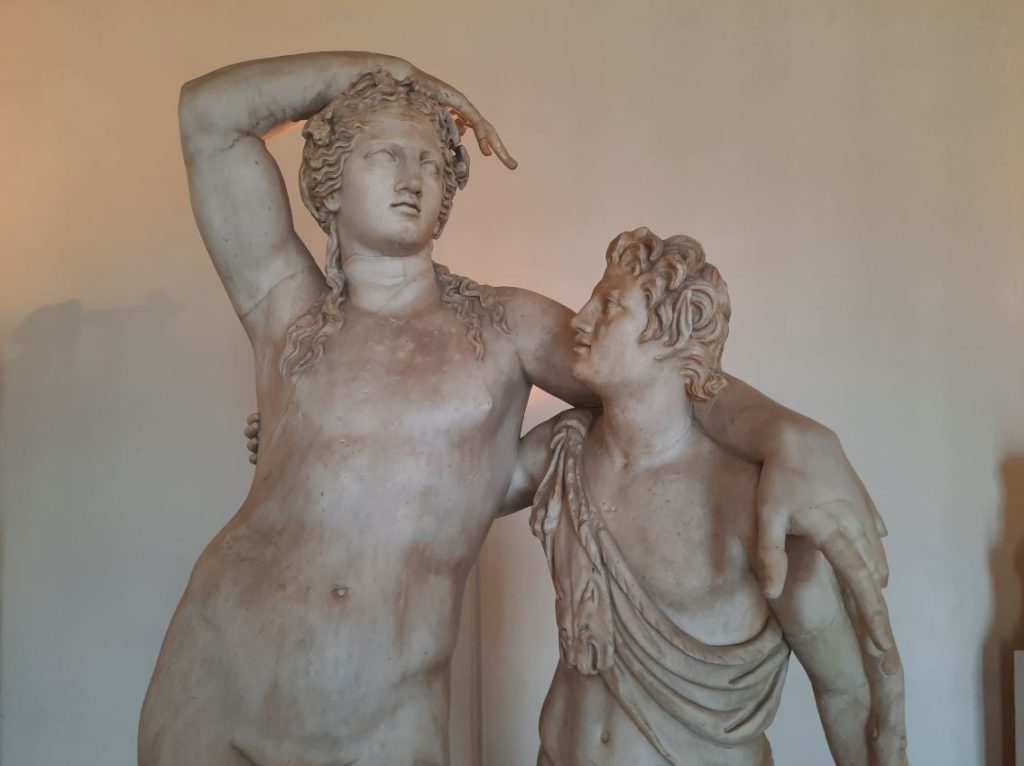
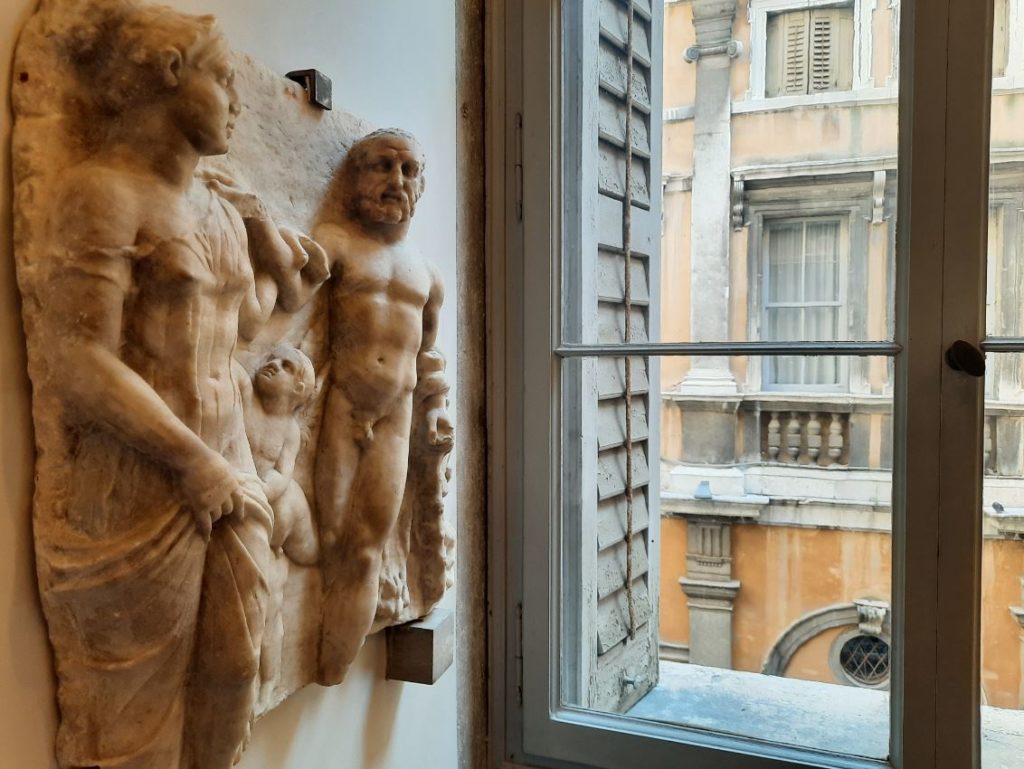
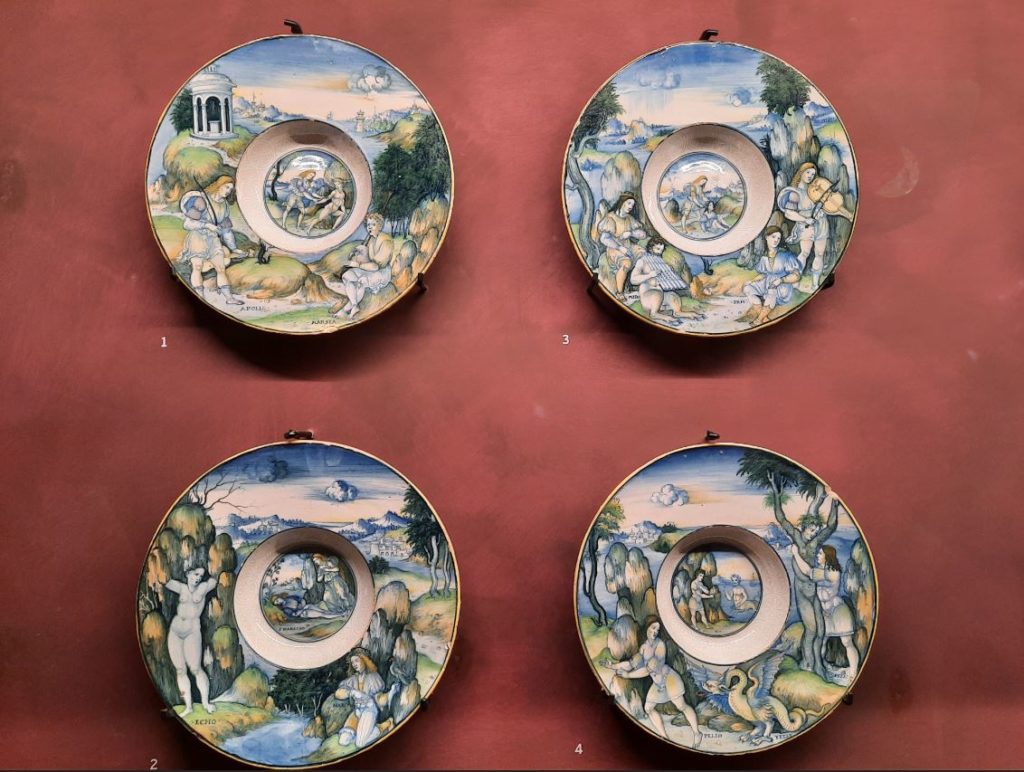
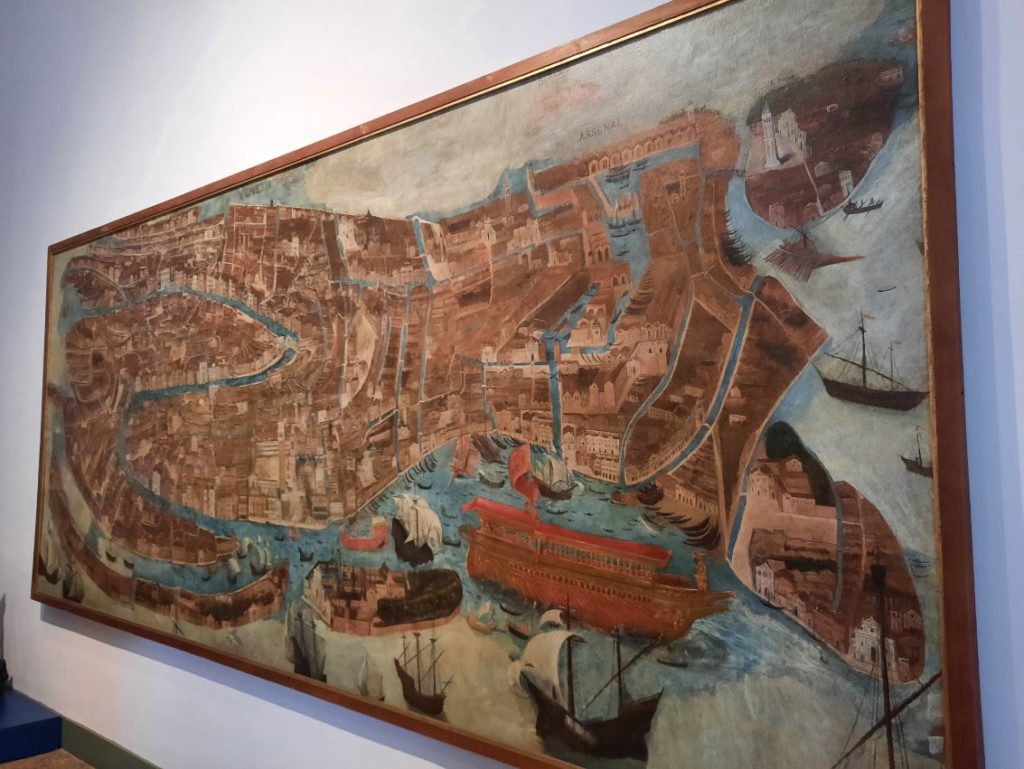
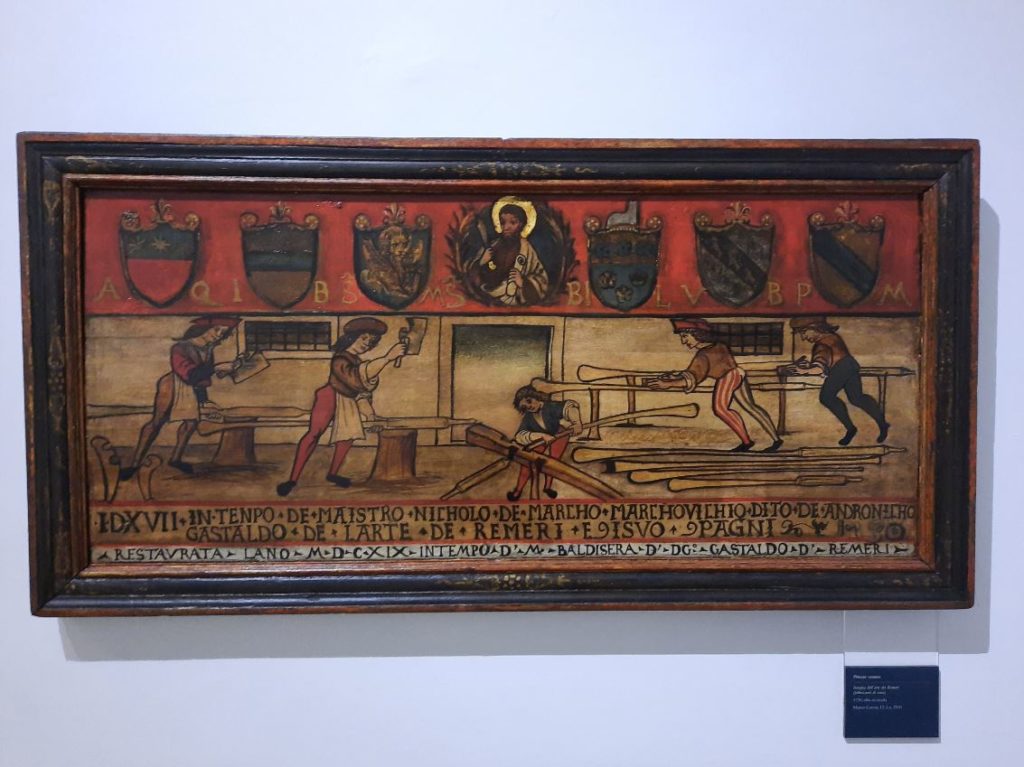
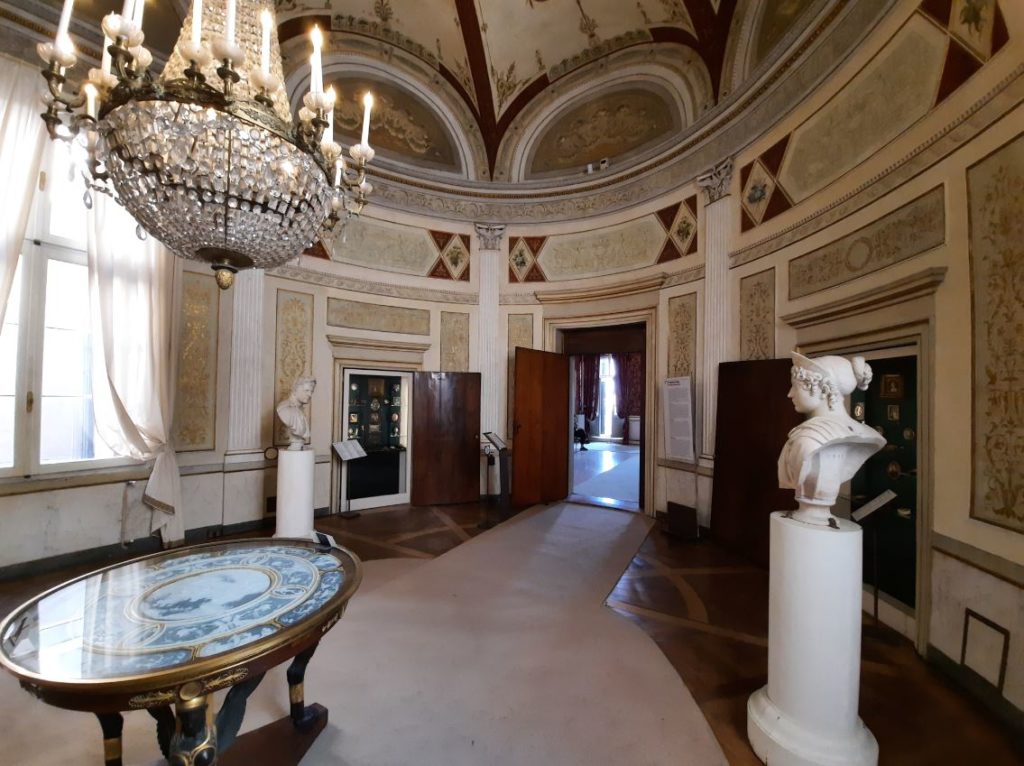
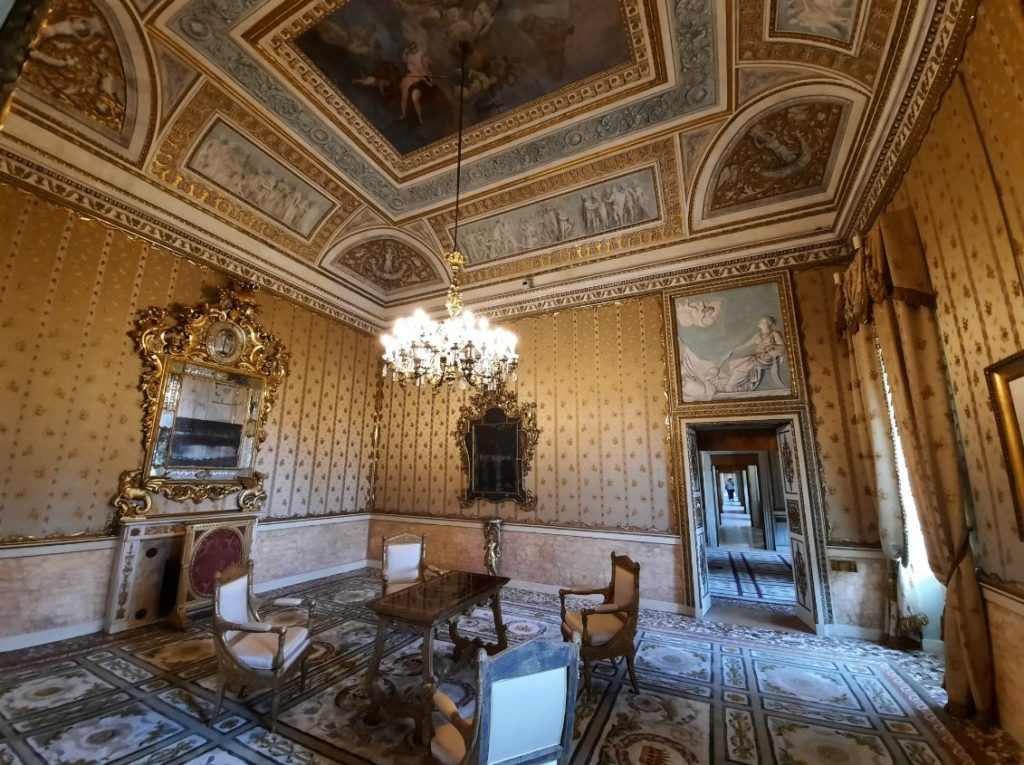
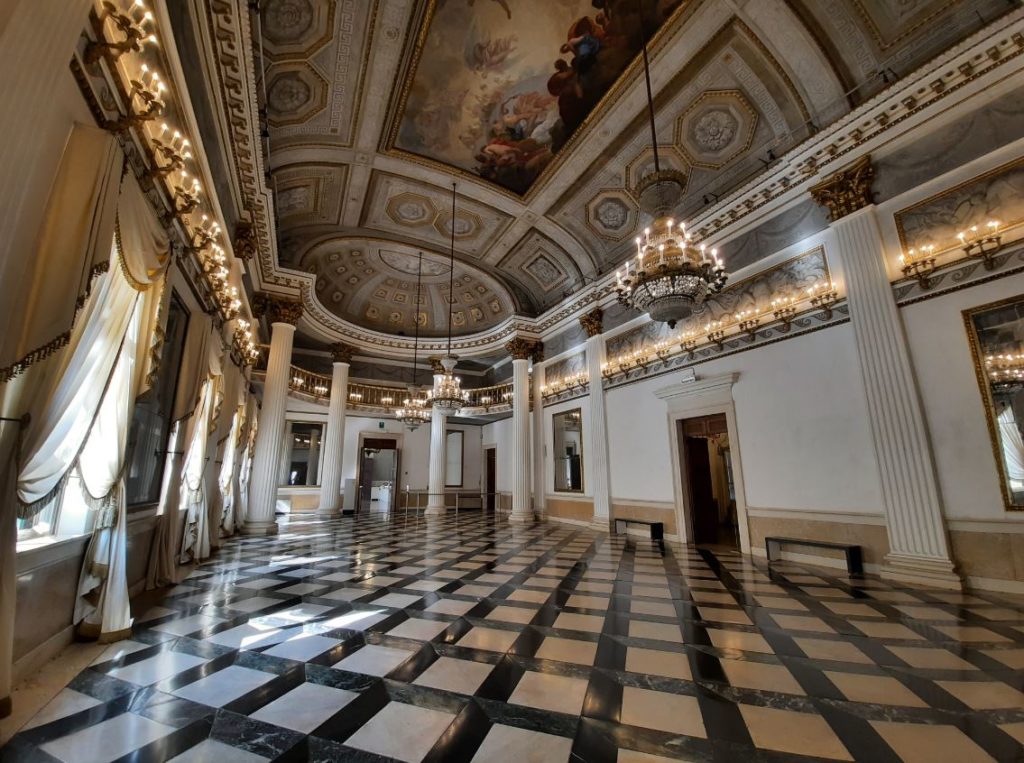
2 thoughts on “The Covid Diaries 32, Venice Edition: Museums of St Mark’s Square”